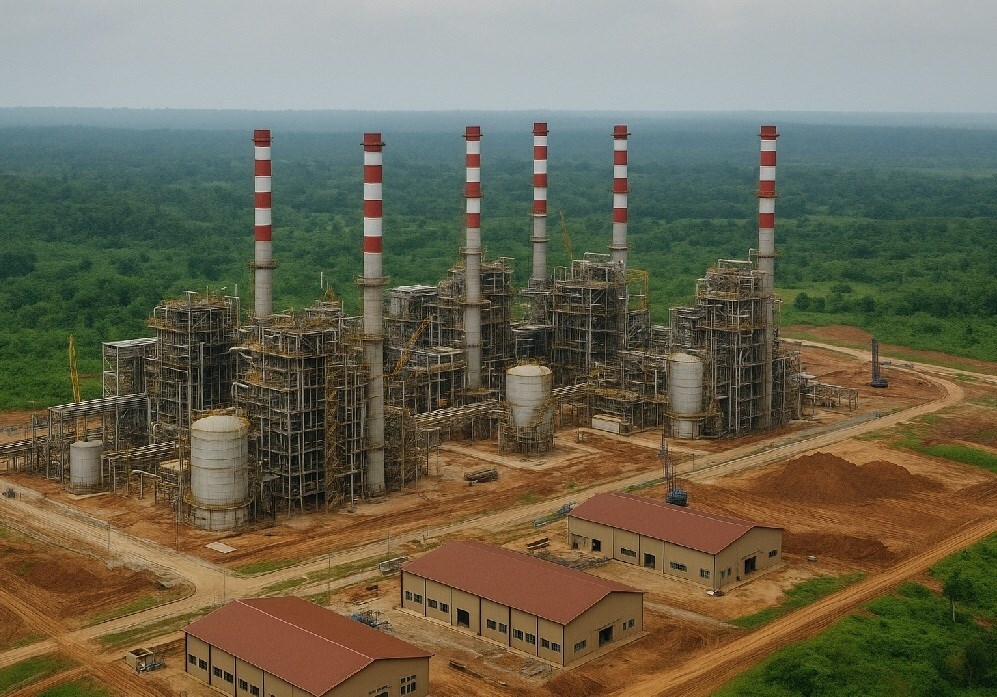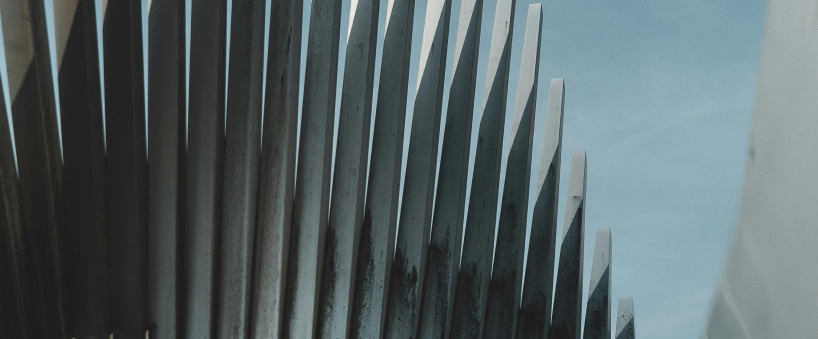

Guinea is about to begin a new chapter with its first generation of alumina refineries, aiming to end decades of raw bauxite exports and finally capture more value at home.
 Image for representational purpose
Image for representational purpose
For years, the West African nation has served as a supplier of high-quality bauxite — prized for its low silica content — to foreign refineries, particularly in China. Around 60 per cent of Guinea’s bauxite currently heads to Chinese ports, feeding the country’s vast aluminium industry. But that dynamic is about to shift.
“We are the biggest bauxite producer in the world now… but we don’t have any refineries built since colonial times,” Mines Minister Bouna Sylla said. “That will change.”
Conakry has already signed its first alumina refinery deal with China’s state-owned SPIC, with construction underway and completion slated for the end of 2027. Advanced talks are also in progress with Chinalco and France’s Alteo, while discussions continue with Compagnie des Bauxites de Guinée (CBG) and Alcoa.
The government’s ambition is clear — to have five to six refineries operational by 2030, giving the country a total processing capacity of around 7 million metric tons of alumina a year. The shift could transform Guinea’s economy, creating industrial jobs and reducing exposure to volatile commodity prices, the World Bank said in July.
Also read:Guinea’s red earth rolls on: Bauxite exports race toward 200MT in 2026
In a sign of Conakry’s tougher stance on investment promises, the government in August cancelled a bauxite concession held by a unit of Emirates Global Aluminium (EGA) after it failed to build a planned alumina refinery. EGA has not yet commented on the decision.
Still, analysts say the move may not immediately change China’s reliance on Guinea.
For a broader view of the global bauxite market click: A Comprehensive Analysis of Bauxite Residue - Red Mud
Responses








